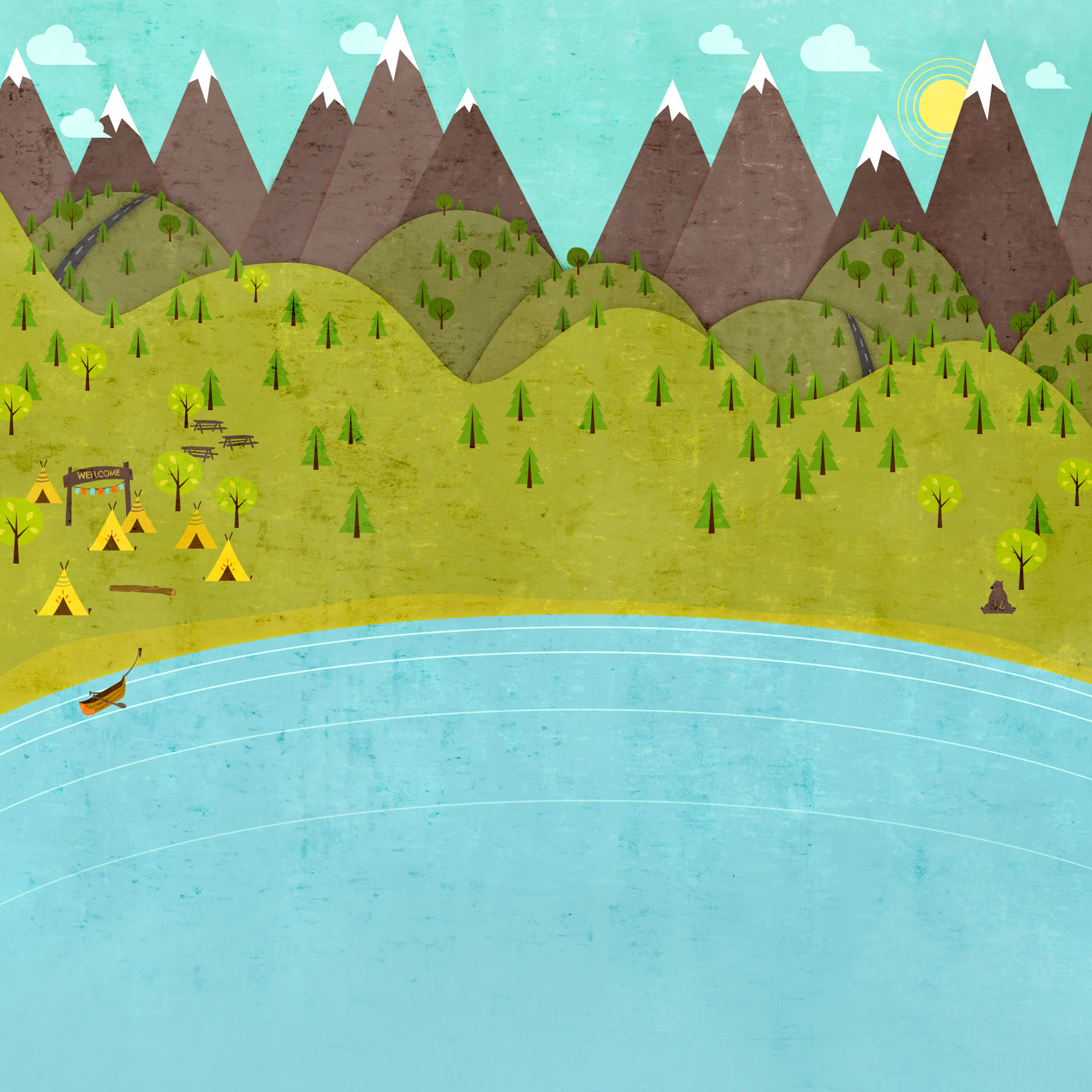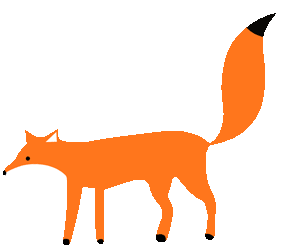
Arts Education

When looking at art, children need to understand the various approaches of responding to art. This involves careful analysis of work through looking at the arts and principles, interpretation of the art itself, knowledge surrounding the image and artwork and also evalutation of the piece. Below, several models are explored in the response to art, each of which equally important for children to understand and also replicate themselves. This relates to the standard of level 4 from AusVELS which states expects that children can "identify techniques and features of other people’s works that inform their own arts making", this involves careful analyse of others and the meaning making behind each of these.

What is it?
Responding to Art
Key Terms
ANALYSIS
this process as a method of
studying the nature of
something or of determining its
essential features and their
relations.
INTERPRETATION
a conception of another's
behavior.
POPULAR CULTURE
cultural activities or commercial products reflecting, suited to, or aimed at the tastes of the generalmasses of people.
OVER STYLIzED
using artistic forms and conventions to create exxagerated effects; not natural or spontaneous.
The critical response is a process that allows individuals to look closely at an artwork, by asking five key questions,
1. What do you notice? (Describe without judgment: "I notice...")
2. What does it remind you of? (What memory, experience, story, music, other work does this trigger? There are no wrong answers or associations.)
3. What emotions do you feel as you respond to this work? (Again, no wrong answers.)
4. What questions does it raise for you? ("I wonder...")
5. What meaning or understanding is intended or conveyed in this work?
individuals are empowered to understand art and the thought process behind it. This process allows individuals to create meaning-making, and allows for room to connect with the image
(Minneapolis Public Schools, 2013)

Critical Response
As shown to the right, Bloom's Taxonomy involves 6 various levels,
1.Creating
2. Evaluating
3. Analysis
4. Applying
5. Understanding
6. Remembering.
This model was created to promote higher forms of thinking, instead of expecting children to remember facts and knowledge.
(Clark, D., 2013)
This relates closely to education of art, as children are expected to look deeper into the images, and apply their prior knowledge to creating understanding, and also their own meanings. If children are unable to remember the elements and principles of art, they are still able to evalute an image and analyse it, yet with simple words.
Bloom's Taxonomy



Activities
To understand what your children see in response to responding to art, a good activity would be providing children with an artwork of something for popular culture. This image would vary depending on your class, but for example, for the girls in your class you could show them a picture of an over stylized Barbie doll and ask them to express how they understand the image and what they believe the image means. Children show also be probed into why they think the person created the story. To keep the lesson entertaining fo the children, they could be asked to create a story behind the image, or attach speech bubbles to it and fill in the blanks.
For older children, they could be asked to write an indepth analyse of an artwork, making sure they include all appropriate terms.
The worksheet provided is an example of how children can dig deeper into an image, providing a range of questions where they are asked to share their opinion of the image.

